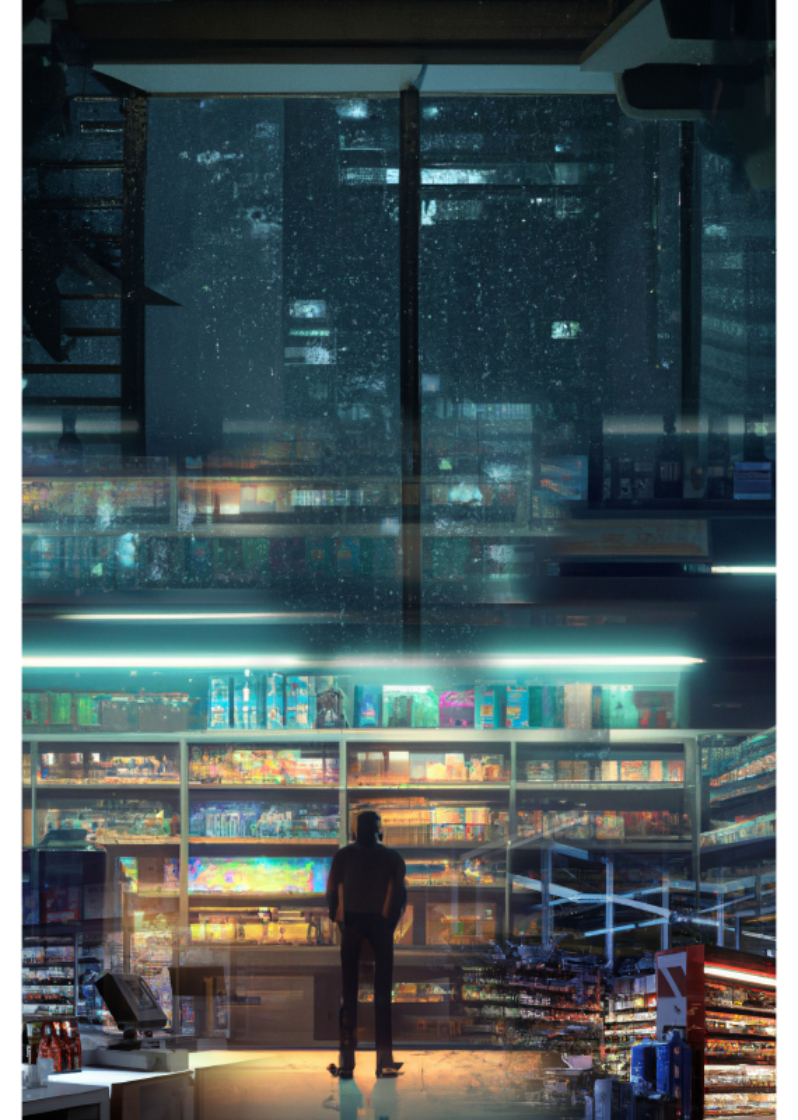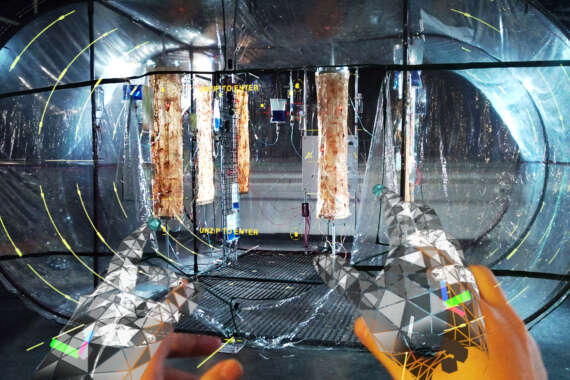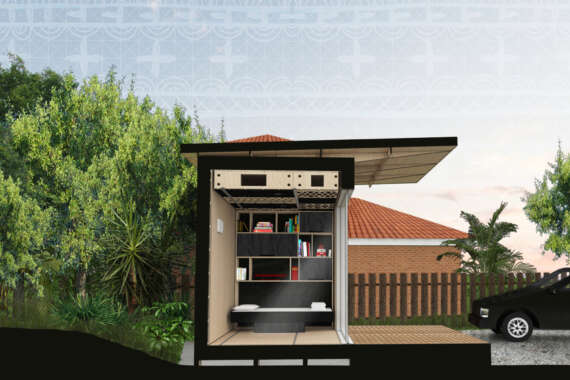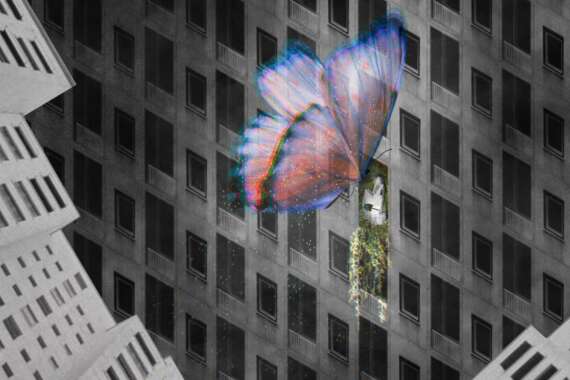Do architects dream of artificial scenes? An eclectic collection of uncanny spaces and experiences
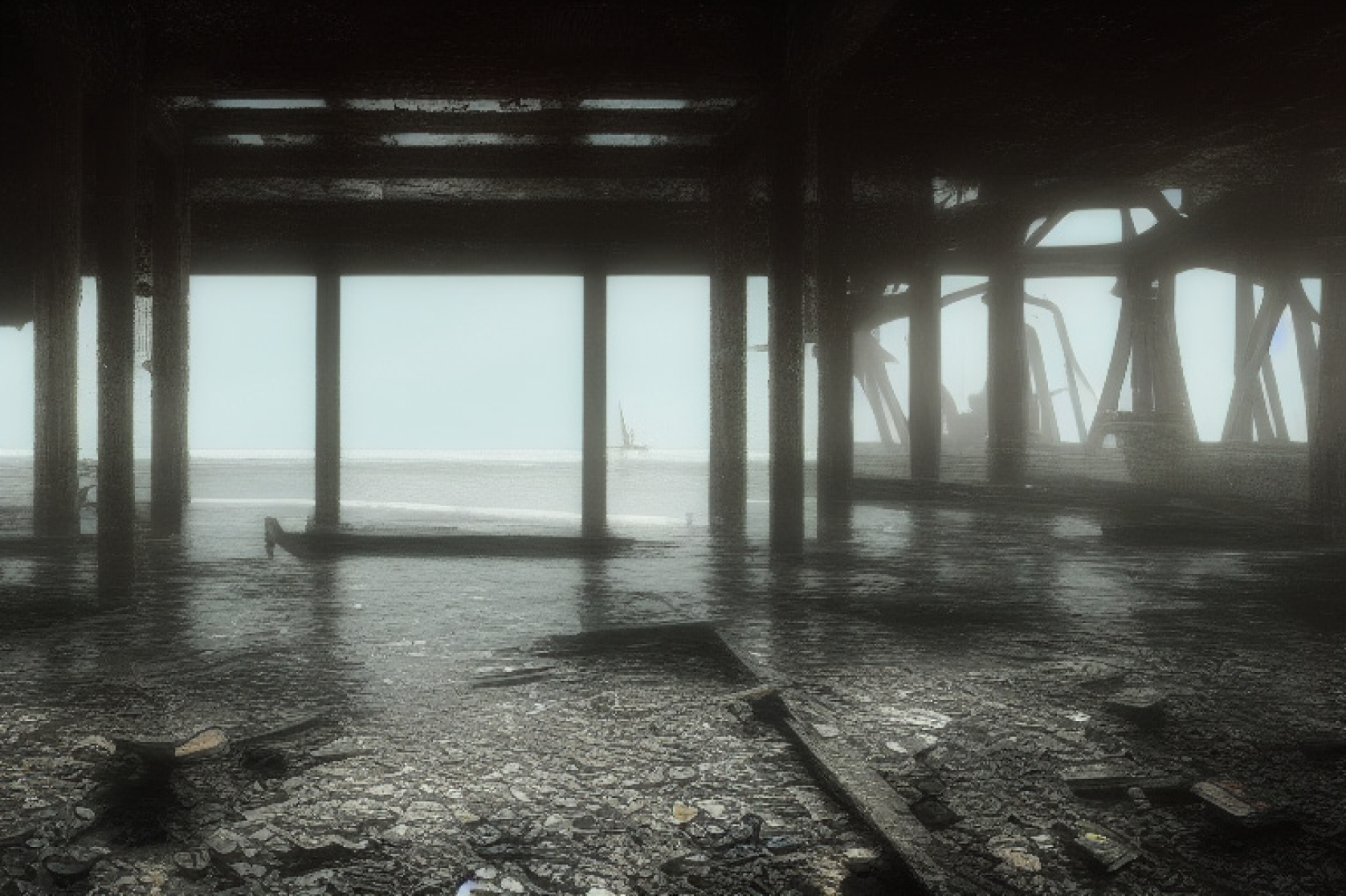
Hyperreality
“A condition in which what is real and what is fiction are seamlessly blended so that there is no clear distinction between where one ends and the other begins.”
—Jean Baudrillard
We spend a third of our lives sleeping and imagining artificial worlds and experiences, almost living in a simulation, only to wake up and forget most of it. Architects, designers, and creatives often use fiction to inform their worlds and create fabricated environments. This manipulation of reality through the use of renders or idealistic writings of their projects constructs a narrative expression of our world. Creating the artificial merely serves as a necessary step before creating the real.
Currently, there is a demand and, therefore, preoccupation in our industry for expressing intrinsically comforting environments. This often leads to architectural presentations that narrate a smooth and optimistic world – as if the architecture will never fail to make everybody happy. I argue that this overlooks the potential of the uncanny in representation – drawings rooted in a moody and dark aesthetic.
However, there is potential in the “dark world” or the “other” or what I dub “the uncanny.”













